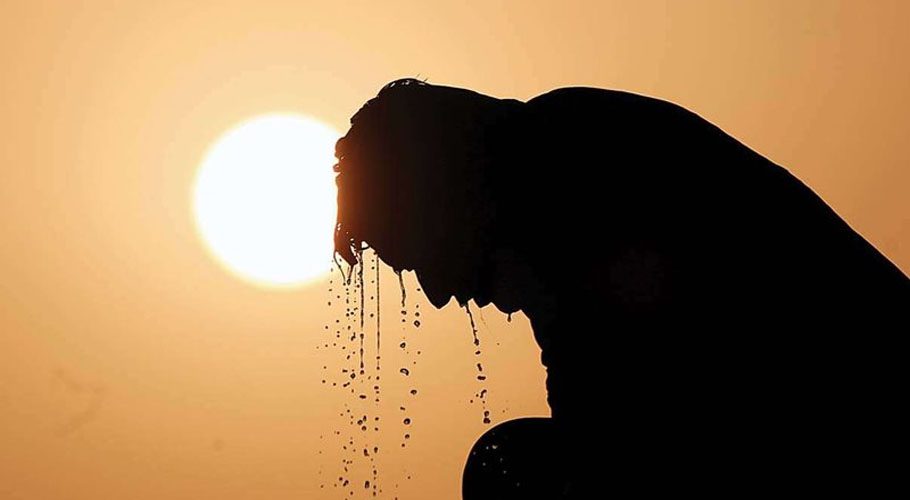As the Eurasian Economic Union (EAEU) marks its 10th anniversary this year on May 29, it offers a moment of reflection not only for its member states — Russia, Belarus, Armenia, Kazakhstan, and Kyrgyzstan — but also for nations like Pakistan that are exploring new regional alliances and trade partnerships amid a rapidly evolving global order.
Russian Ambassador Albert P. Khorev’s media briefing ahead of the EAEU Day (May 29) shed light on the Union’s significant economic footprint: a combined GDP of $2.6 trillion, industrial production worth $1.6 trillion, and $487 billion in total investments. It is no small feat for a bloc that emerged from the post-Soviet economic fragmentation just over a decade ago.
The Treaty on the Eurasian Economic Union, signed on May 29, 2014, in Astana, marked the beginning of a new chapter in regional integration — focused not merely on trade facilitation, but also on regulatory alignment, digital cooperation, and sectoral harmonization. The EAEU has since signed free trade agreements with Iran, Vietnam, and Serbia, and a non-preferential agreement with China, signaling its growing appeal beyond its geographical borders.
The briefing also brought forth a key insight from the Ambassador of Belarus to Pakistan, Andrey Metelitsa, who outlined the strategic roadmap to 2045. The vision is clear: to develop the EAEU into a self-sufficient, innovation-driven macro-region leading in economic, technological, and intellectual arenas. The path to achieving this involves robust actions — from enhancing food security and digitalization to expanding the Union’s connectivity and transport network. Ambassador Metelitsa was of the view that by 2045 the Eurasian Economic Union should be transformed to a self-sufficient, harmoniously developed and attractive macro-region with leading positions in economic, technological and intellectual spheres.
The EAEU’s next five-year Action Plan will be adopted by the end of 2025 under the Belarusian chairmanship. The priorities to include enhancing the technological capabilities of the Union member states; to increase Union’s food security through selection and seed production, strengthening genetic capacity of breeding farm animals; to complete the establishment of a single transport space with the adoption of equal (non-discriminatory) conditions and ensuring fair competition; to create equal conditions and transparent competitive environment for Member States companies within the Union; to protect the domestic market from unfair competition and unsafe products; to intensify cooperation in the field of digital technologies; to promote export of Union goods to foreign markets; to enhance interaction of the Union with the Commonwealth of Independent States, Shanghai cooperation Organization, BRICS, ASEAN and observer states Cuba, Iran and Uzbekistan, as well as with other friendly countries. Signing of Union new free trade agreements with Mongolia and the United Arab Emirates is planned at the meeting of the Supreme Eurasian Economic Council on June 26-27, 2025 in Minsk. Negotiations on concluding a free trade agreement with Indonesia are in the final stage and should be completed soon.
For Pakistan, which sits at the intersection of Central Asia, South Asia, and the Middle East, this is not just another geopolitical shift to observe from afar. Rather, it is a potential corridor of opportunity. With an economy heavily reliant on energy imports, untapped mineral resources, and a large youth population, Pakistan stands to benefit from stronger logistical, trade, and technological ties with the EAEU.
Pakistan’s observer status in multiple regional forums — including the Shanghai Cooperation Organization (SCO), where several EAEU members are active — further bridges the diplomatic gap. Ambassador Khorev’s remarks on the importance of Pakistan’s geographic position underscore a shared interest in regional connectivity — especially via emerging north-south transit routes and potential trade corridors linking Central Asia to ports in Gwadar and Karachi.
Free trade agreements currently under discussion — including those with the UAE, Mongolia, and Indonesia — point to the EAEU’s ambition to expand its commercial influence across Asia. For Islamabad, this presents a clear incentive to consider a structured dialogue with the Eurasian Economic Commission, possibly laying the groundwork for a future cooperation agreement that supports mutual access to markets, supply chains, and innovation ecosystems.
In a world fractured by geopolitical tensions and polarized narratives, regional blocs like the EAEU are increasingly carving out space for multipolar engagement. While the global media remains fixated on conflict — particularly the Ukrainian crisis — the EAEU’s pursuit of economic cooperation, harmonized standards, and digital transformation is a reminder that integration, not isolation, is the more sustainable path to prosperity.
To be sure, Ambassador Khorev’s comments on Ukraine and Russia’s position in ongoing negotiations underscore the complexity of the Eurasian political landscape. Yet, even amidst conflict, the EAEU continues to expand, demonstrating the resilience of economic diplomacy in a turbulent world.
The EAEU is not without its challenges — unequal economic development among member states, dependency on external markets, and the delicate balance between national sovereignty and supranational regulation. But its trajectory over the past decade shows that measured, policy-driven integration can yield tangible benefits. The Belarusian chairmanship’s focus on creating a level playing field, enhancing export potential, and ensuring fair competition is a step in the right direction.
For Pakistan, engaging with the EAEU must go beyond symbolic gestures and high-level receptions. It calls for a coherent strategy that blends diplomacy with development goals — from energy cooperation and agro-tech transfer to digital infrastructure and logistics.
At a time when global economic institutions are under strain and traditional alliances are being reevaluated, the EAEU’s steady evolution provides a compelling model for regional resilience and multilateralism. As we look toward the upcoming Supreme Eurasian Economic Council meeting in Minsk this June, perhaps it’s time for Islamabad to explore its own place in the Eurasian economic landscape — not just as an observer, but as a potential partner.
The writer is an Executive Director, Devcom Centre for Geopolitical Studies, development expert and policy analyst focused on regional cooperation and climate diplomacy.
Email: devcom.Pakistan@gmail.com

































